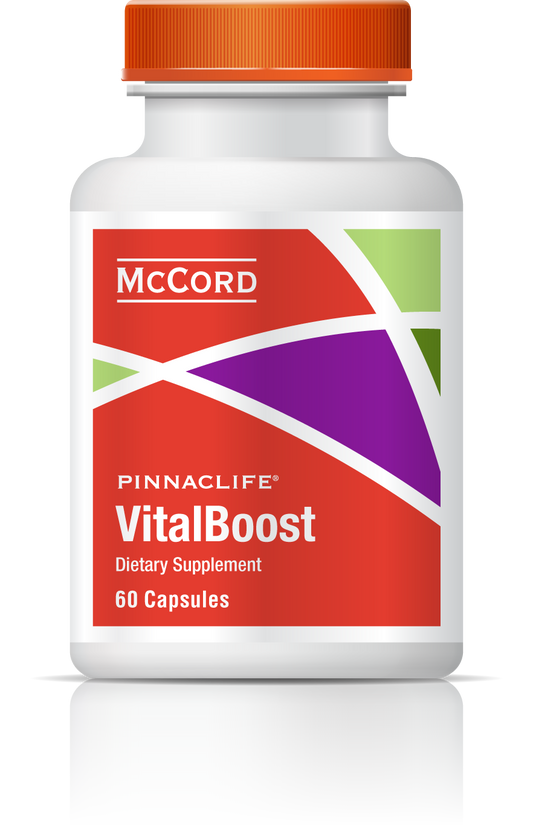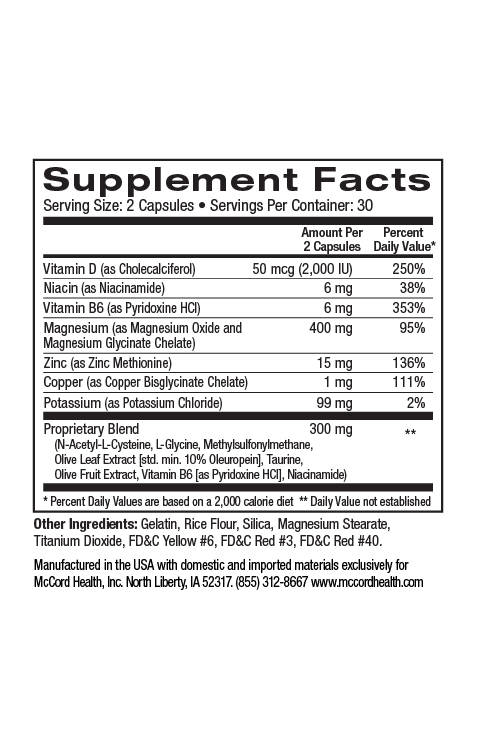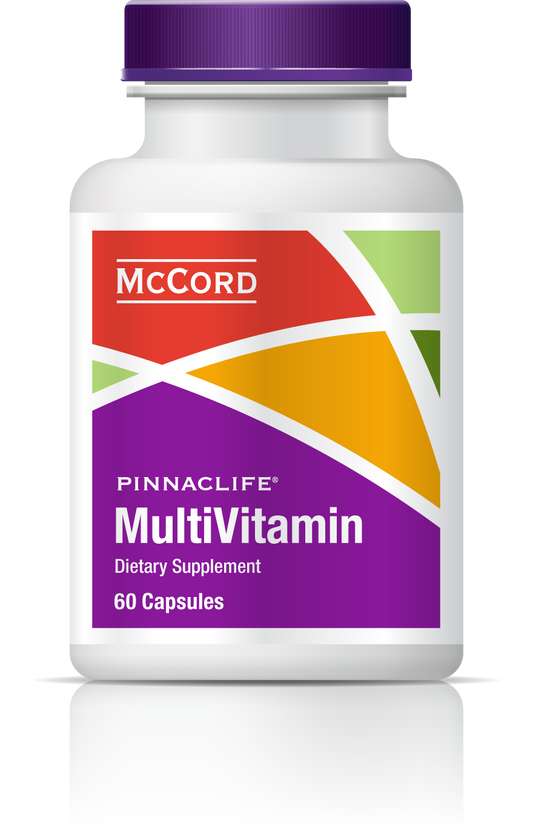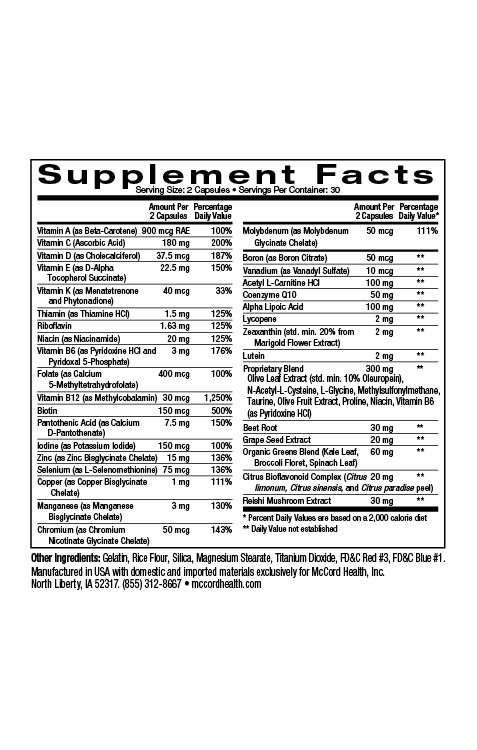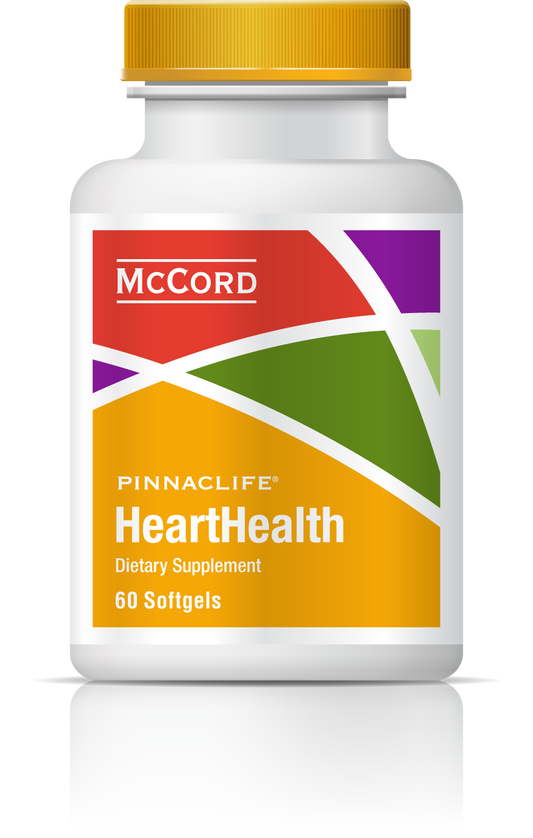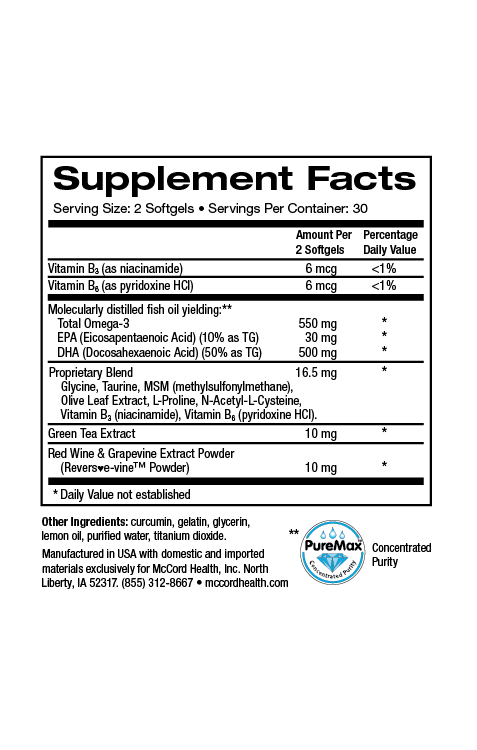Eczema or atopic dermatitis is a common inflammatory skin condition that can result in serious itching (pruritus), lack of sleep, embarrassment and psychological stress. The lifetime prevalence of eczema has increased worldwide for the past 30 years, and recently the prevalence for adults was estimated to be approximately 10% of the population.
Viniferamine® skin and wound care products contain potent anti-inflammatory small molecule ingredients that can help decrease pruritus including the beneficial polyphenols oleuropein, resveratrol, and epigallocatechin-3-gallate (EGCG) from olives, grapes, and green tea, respectively, as well as the important small molecules, melatonin, and L-glutathione. In addition, dipotassium glycyrrhizate from licorice, avenanthramides in oats, aloe vera and shea butter have also been shown to possess anti-inflammatory activities.
Eczema is characterized by intensely pruritic (itchy), inflammatory lesions experienced in a continuous course for long periods or in a relapsing-remitting course that includes repeated flare-ups. Eczema is more common in children, but even adults who have “outgrown” eczema typically continue to have sensitive hyper-reactive skin and can have recurrences after long periods without symptoms (quiescence).
Recurrences are influenced by specific triggers including allergens, microbial factors and climate. Eighty percent of adults are sensitized to eczema by inhaled allergens or food allergies. In fact, pollen is actually a common trigger for eczema. In some cases, eczema is also linked with asthma, and it has been suggested that eczema may be an “entry point” for allergic conditions including allergic rhinitis (hayfever).
One reason that eczema may be an “entry point” for other allergic conditions is that eczema can be caused by deficiencies in an important skin protein called filaggrin that is required for a proper skin barrier. An impaired skin barrier can allow the entry of allergens through the skin leading to other allergic responses and conditions. Filaggrin deficiencies may be either due to mutations in the gene encoding the protein or other factors including low humidity, UV-irradiation, or exposure to skin irritants.
Viniferamine® skin and wound care products including Renewal Moisturizer, Clean N Moist and Silicone Barrier contain an advanced silicone complex that can provide a protective barrier to irritants and allergens. The sophisticated silicone complex also provides a durable, breathable barrier or “second skin” that resists soap and water wash offs. In addition, the dimethicone in the silicone complex helps keep skin hydrated.
Viniferamine® skin and wound care products also include ingredients that strengthen the natural skin barrier. Quantitating transepidermal water loss (TEWL) is a way to assess the quality of the skin barrier and how well it functions. Oleuropein has been shown to reduce TEWL, indicating its ability to increase barrier function. Evidence also demonstrates that melatonin has a stimulatory role in building and maintaining the epidermal barrier. In addition, niacinamide (vitamin B3) has a stabilizing effect on epidermal barrier function.
Moreover, low humidity can lead to an impaired skin barrier and eczema. Most individuals with eczema have sensitive skin that is prone to xerosis (abnormally dry skin) and irritation. Emollients such as those found in Viniferamine® Renewal Moisturizer from shea butter, oats and aloe vera help moisturize skin. In fact, emollients are considered the first-line therapy for mild eczema, and using emollients during periods of quiescence can decrease the tendency for eczema flare-ups. All of the Viniferamine® skin and wound care products, including Renewal Moisturizer are non-sensitizing and non-irritating.
Filaggrin is also important for helping produce certain antimicrobial peptides (AMPs) that protect the skin from bacterial, viral and fungal pathogens. Individuals with eczema are prone to skin infections including with Staphylococcus aureus and often have dysbiosis or an imbalance in the skin microbiome. Having a normal, healthy skin microbiome is critical since the normal skin microbiome is composed of a rich and complex flora of interacting microbes that live in harmony with the skin, protecting it from pathogens.
An impaired skin barrier can also be more susceptible to irritation. Individuals with eczema should avoid long, hot baths, harsh soaps and potentially irritating substances including woolen clothing. Viniferamine® Clean N Moist is a soothing cleansing lotion that is perfectly pH balanced to ensure the most fragile skin is gently cleansed without causing irritation. Clean N Moist is gentle enough to help maintain the normal skin microbiome. In addition, Clean N Moist cleanses, nourishes and provides a protective barrier to help keep skin hydrated.
It’s good to know that Viniferamine® skin and wound care products including Renewal Moisturizer, Clean N Moist and Silicone Barrier can help decrease inflammation and pruritus associated with eczema. The ingredients in the products can also strengthen the skin barrier and help decrease the entry of irritants and allergens that can cause further skin inflammation and allergic conditions. The products are pH balanced to help preserve the normal skin microbiome. Moreover, the emollients in the products moisturize the skin to help decrease xerosis and eczema flare-ups.
About the author: Nancy Ray, PhD is the Vice President of Scientific Affairs at McCord Research. Dr. Ray received her PhD in Biochemistry and Biophysics and was a postdoctoral fellow at NIH, Harvard University and Dana-Farber Cancer Institute, and the University of Iowa. She also earned bachelor of science degrees in Chemistry and Microbiology.
References
- J Invest Dermatol 2015; 135: 56-66.
- 2 ISRN Allergy 2014; ID 354250: 1-7.
- Lancet 2015; PMID: 26377142: 1-14.
- Int J Mol Sci 2014; 15: 18508-18524.
- Diab Vasc Dis Res 2014; 11: 92-102.
- Oxid Med Cell Longev 2012; ID 560682:1-8.
- J Pineal Res 2013; 55: 325-356.
- Int J Gen Med 2011; 4: 105-113.
- Evid Based Complement Altern Med 2012; 2012:650514: 1-9.
- Br J Gen Pract 1999; 49: 823-828.
- Arch Dermatol Res 2008; 300: 569-574.
- J Oleo Sci 2010; 59: 273-280.
- Allergy 2013; 68: 498-506.
- Trends Immunol 2015; 36: 788-801.
- Clin Cosmet Invest Dermatol 2010; 3: 99-117.
- J Allergy Clin Immunol 2015; 136: 96-103.
- Inflammation 2017; 40: 546-554.
- J Allergy Clin Immunol 2015; 136: 96-103.
- Clin Cosmet Invest Dermatol 2015; 8: 539-548.
- JEADV 2015; 29: 1807-1815.
- Int J Cosmet Sci 2008; 30: 113-120.
- FASEB J 2013; 27: 2742-2755.
- J Cosmet Dermatol 2004; 3: 88-93.
- Clin Exp Dermatol 2016; 41: 253-259.
- Clin Exp Allergy 2016; 46: 1522-1530.
Disclaimer: These statements have not been reviewed by the FDA. The decision to use these products should be discussed with a trusted healthcare provider. The authors and the publisher of this work have made every effort to use sources believed to be reliable to provide information that is accurate and compatible with the standards generally accepted at the time of publication. The authors and the publisher shall not be liable for any special, consequential, or exemplary damages resulting, in whole or in part, from the readers’ use of, or reliance on, the information contained in this article. The publisher has no responsibility for the persistence or accuracy of URLs for external or third party Internet websites referred to in this publication and does not guarantee that any content on such websites is, or will remain, accurate or appropriate.
